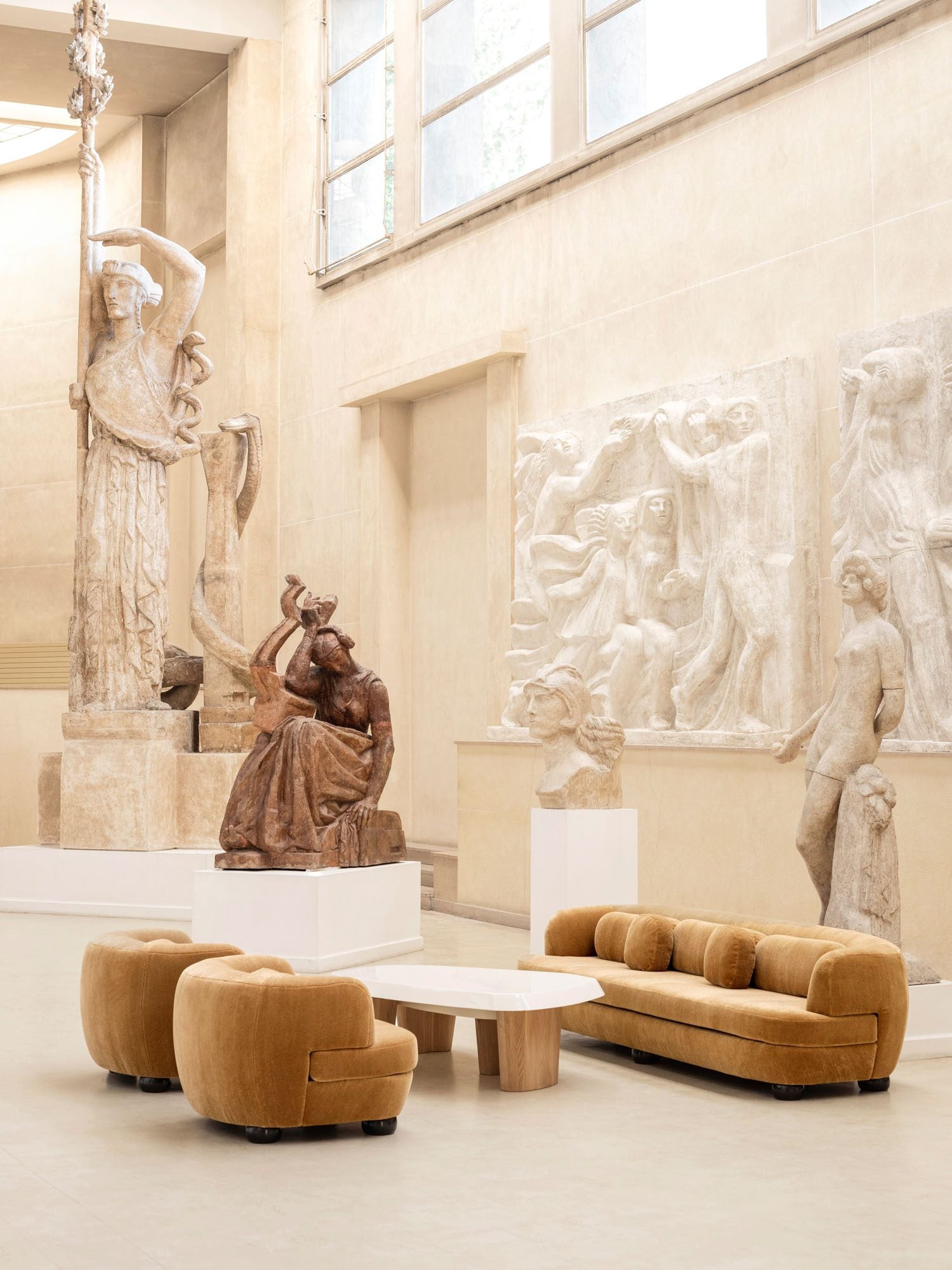Furniture Care Guide

All furniture pieces sold by Home Fix Boutique are chosen for their quality, durability and aesthetically beauty. Whether made by one of our many fine furniture brands or part of Home Fix Boutique’s own range, each piece is carefully crafted so you can rest assured it is designed to last and wear well in the process.
With quality as a foundation, you might consider maximising the life of your special pieces with careful placement, regular light care, some infrequent deeper cleaning and careful treatment of spills, stains or scratches.
How to care for luxury furniture
Placement considerations
- Almost all furniture prefers mild temperatures. Excess heat or cold (whether natural or artificial) may prematurely age furniture pieces.
- Extreme conditions, such as very dry or very humid environments, is harsher on furniture and will affect its lifespan, aesthetics and performance.
- Where possible, furniture should be placed away from direct sunlight as well as direct air or heat sources. Adjust window treatments accordingly, as light patterns change throughout the day, to minimise direct sunlight reaching your furniture.
Regular care
Regular, light care is the best and easiest way to keep your furniture in good condition and intermittently caring for your pieces will reduce the need for deeper cleaning.
- Regularly dust tables, case goods and other non-upholstered furniture with a clean, lint-free cloth.
- Use placemats, coasters, trivets and linens to protect hard surfaces. Never place an item directly on a wooden or stone surface. You might also consider applying felt pads to the undersides of your tabletop items.
- Using a handheld vacuum or appropriate attachment, lightly vacuum upholstery once a week or more frequently if you have pets. For antique or delicate furniture, however, be careful not to vacuum often—once a month should suffice.
- Cushions should be fluffed daily after use, particularly throw cushions and seat cushions. This need will be more apparent if the cushions are feather-filled.
Though light care should be all your furniture requires on a day-to-day basis, there may be times when something needs a more thorough cleaning.
- For tables, case goods and other non-upholstered furniture, use a lint-free cloth dampened with mild soapy water to wipe down surfaces every 6 months or so, depending on your furniture’s needs and your usage. Always dry with a clean lint-free cloth immediately afterwards.
- Start on an inconspicuous area of the furniture piece, like the inside of a chair or dining table leg, to make sure the cleaning solution won’t mark it.
- Be aware that many furniture polishes or oils have a tendency to leave a waxy residue which may build over time, dull surfaces and collect dust.
- Do not use harsh chemicals or abrasive cleaners on any luxury furniture. If your pieces need a deeper clean, specialist services should be sought to do so safely.
- Always adhere to the cleaning instructions found on the furniture’s fabric labels. If your item does not include a fabric label or you would like to confirm cleaning instructions, please contact our customer care team at customercare@luxdeco.com or call +44 20 3322 8665.
- For specialist or delicate items, we recommend hiring experienced professionals.
Materials cleaning recommendations
Fabric
- Vacuum sofas and other upholstery regularly using a handheld vacuum or appropriate attachment.
- Blot stains immediately using a clean, white cloth. Do not wipe the stain—this will cause it to spread.
- If the stain remains, try to lift it even more by continuing to blot with a lint-free cloth dampened with mild soapy water. Pat with a dry cloth to absorb excess water and leave to air dry.
Leather
- Leather should be dusted or vacuumed every so often to prevent dust build up. Use a soft brush attachment or a dry, lint-free cloth to prevent scratching.
- Scratches in leather will often fade over time with use, however you can gently rub the area with clean hands to buff them out. We recommend using protective covers or throws if pets will be lying or climbing on leather upholstery.
- Over time, leather may need to be treated with a conditioner to rehydrate it, however, be careful with the product you use as some oils may change the colour of the leather. As always, test on an inconspicuous area first.
- Remember that leather may darken and wrinkle over time. This shouldn’t be seen as a defect but the natural aging of a fine material.
Wood
- Dust wooden tables, case goods and other non-upholstered furniture regularly with a clean, lint-free cloth.
- Water and other liquids can leave rings and marks on unprotected wooden surfaces. Unfinished wood is particularly porous and prone to staining, but liquids can also affect veneered furniture pieces. Always use coasters and placemats to prevent discolouring or scratching wooden surfaces.
- When cleaning wooden furniture, if a wood grain is present and obvious, wipe in the direction of the grain.
Stone
- Dust stone tables, case goods and other furniture regularly with a clean, lint-free cloth.
- Natural stones are best cleaned with mild non-abrasive cleaners. Use a lint-free cloth dampened with mild soapy water to more thoroughly clean stone furniture and dry immediately with a dry, lint-free cloth.
- Some stones, such as marble and limestone, should not be cleaned with acidic cleaners such as vinegar or lemon juice as these can etch the surface of the stone making it appear dull or discoloured.
- Since stones are a natural material, they may react to liquids and other materials differently so ensure you blot up any spills as soon as possible to prevent marking. Marble and limestone are particularly porous and will mark easily.
- Although stone has been used in furniture making for millennia and is relatively durable, over time you may want to have tabletops refinished by a professional to remove any marks and restore its shine.
Multimedia collage
Baba Chair

Living Room Furniture
The Worlds Most iconic Luxury Furniture and Decor Living Room Furniture |...






